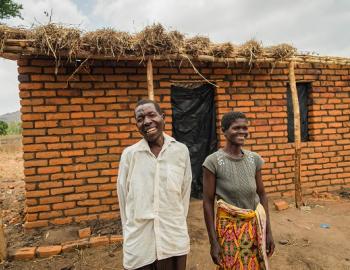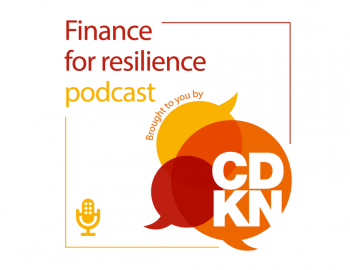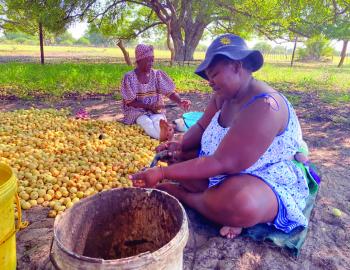ESSENTIAL: Building climate resilience in cities
ESSENTIAL: Building climate resilience in cities
This CDKN Essential summarises CDKN's work to mainstream climate compatible development in cities of Africa, Asia, and Latin America and the Caribbean - with some illustrative examples.
Over half of the world’s population now resides in cities – that is, 54% of the global population or 4 billion people. And the urbanising trend shows no sign of slowing, with the urban population increasing by 57 million people per year.
It is city mayors, as elected leaders of local authorities, who are directly accountable to this growing body of urban residents. Alongside their accountability, local authorities possess local understanding of their city from first-hand experience and are well-positioned to communicate with local stakeholders and mobilise local resources, including people’s time and knowledge. These authorities can develop locally appropriate solutions to risks faced by their city.
Cities can also be hotbeds of innovation and are often ahead of the curve: they can set and advance agendas for national governments and other cities alike, and can generate results and impact faster than actions at the national level.
For these reasons, building climate resilience into cities is both vital for city residents themselves, and an opportunity to enhance resilience beyond the city limits.
Key findings:
- Over half of the world’s population lives in cities, including many of the world’s most vulnerable people.
- Cities can be frontrunners in mainstreaming climate resilience in sectoral planning processes and infrastructure investments.
- There are inspiring examples on engagement approaches, and planning and financing tools to increase cities’ resilience to the physical and health impacts of climate change.
Download the CDKN Essential here: Building climate resilience in cities
Access more CDKN Essentials here.
Image credit: World Bank



